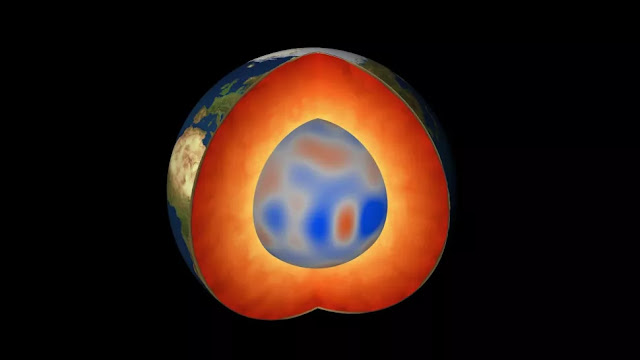A century after the theory of general relativity was promulgated, Albert Einstein is much more present than ever. A space telescope, called Euclid, belonging to the European Space Agency (ESA) has captured an image that has left the scientific community speechless: the Einstein ring phenomenon, thus fulfilling all the predictions of the famous scientist.
If you haven’t understood what it is, don’t worry, we’ll explain it to you again: it is a phenomenon that occurs when the light of a galaxy that is very far away is bent by the gravity of another galaxy closer, so that astronomers can observe galactic objects that would be hidden to the naked eye.
It is a perfect case of gravitational lensing and generates an almost perfect ring of light, demonstrating how gravity can bend space-time!
What is an Einstein ring?
When we think of gravity, we usually imagine how it keeps planets in orbit or keeps us on the ground. But Einstein discovered that gravity can also affect light. If a massive galaxy is between us and another galaxy much further away, its gravity can bend the light from the background galaxy, forming a circle of light around the nearby galaxy. This is what is known as an Einstein Ring. READ MORE...
When we think of gravity, we usually imagine how it keeps planets in orbit or keeps us on the ground. But Einstein discovered that gravity can also affect light. If a massive galaxy is between us and another galaxy much further away, its gravity can bend the light from the background galaxy, forming a circle of light around the nearby galaxy. This is what is known as an Einstein Ring. READ MORE...





